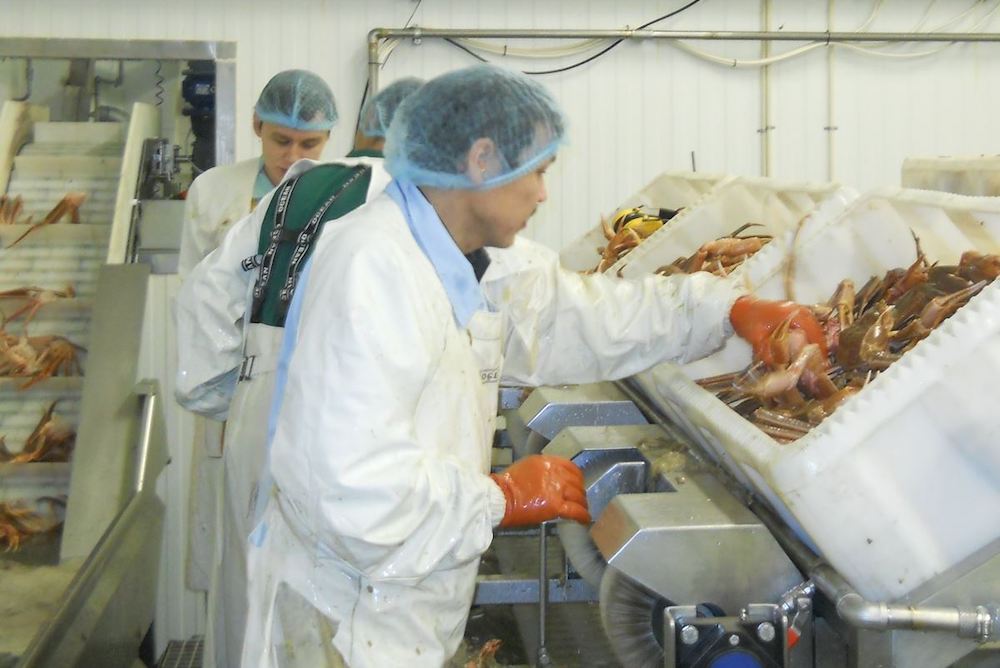Greenland will once again consider privatizing part of its biggest company
Royal Greenland sells fish, but it also provides jobs in places where there are few other options, warn opponents of a proposed privatization.

Lawmakers in Greenland are considering the partial privatization of that country’s largest company, a move they hope will fund transport infrastructure projects.
In its 2021 budget, presented this week, the administration said it would look into the effect of privatizing a third of Royal Greenland, a fishing company now wholly owned by Naalakkersuisut, Greenland’s government.
Previous estimates have placed Royal Greenland’s worth at between 2.5 and 5 billion kroner ($400 million-$800 million). The company employs more than 2,000 people, making it a significant part of Greenland’s 20 billion kroner economy.
[Greenland and the UK land a fisheries agreement]
While the administration said it was not including the sale of Royal Greenland in its budget calculations for 2021 — and added that any sale should take place when market conditions were optimal — it linked the income from the sale to projects that are either already underway or have been on the drawing board for years.
The privatization of Royal Greenland has been considered multiple times over the years. Discussion of whether to put it on the block this time comes after a review of Greenland’s 14 nationally controlled firms concluded that it was the best candidate for privatization, given its profitability and size, as well as the state of the fishing industry.
The review also suggested that putting the company in private hands would “liberate it from the political system, and, in so doing, remove an element of uncertainty and provide the firm with more consistency.”
[In Greenland, voters hope election is nothing fishy]
But the review also cautioned that privatization of Royal Greenland would weaken the firm’s commitment to Greenlandic society, and could result in it stopping unprofitable business activities — which could affect employment, job training and the environment.
Supporters of privatization, including Steen Lynge, the current foreign minister, argue that Royal Greenland has grown into a “state within the state” that lacks transparency and is less efficient than its privately owned competitors.
“Even if you take into account that it has certain social obligations, its costs are higher and its profitability far too low. And this even though it benefits from the fact that Royal Greenland does not face competition in many parts of Greenland,” Lynge said earlier this year, while still serving as a rank-and-file member of Inatsisartut, the national assembly.
[Greenland’s premier becomes embroiled in a row over roe]
Earlier this year, the opposition accused the administration of putting the economic viability of jeopardy by considering a sale of Royal Greenland, given the likelihood that it would lead it to close the least profitable of its 38 processing plants in Greenland, many of which are located in communities with few other employment options.
“Royal Greenland is hugely important for employment in Greenland and it contributes a considerable amount to our economy and our living standards — and we should maintain our ownership over it,” Aqqaluaq B. Egede, a spokesperson for IA, the country’s second-largest party, said.
A partial privatization would allow the government to retain a say over the company, but Partii Naleraq, a nationalist party that draws its base from fishing the country’s small-scale fishermen, warned that privatization was “selling the country’s economic future.”